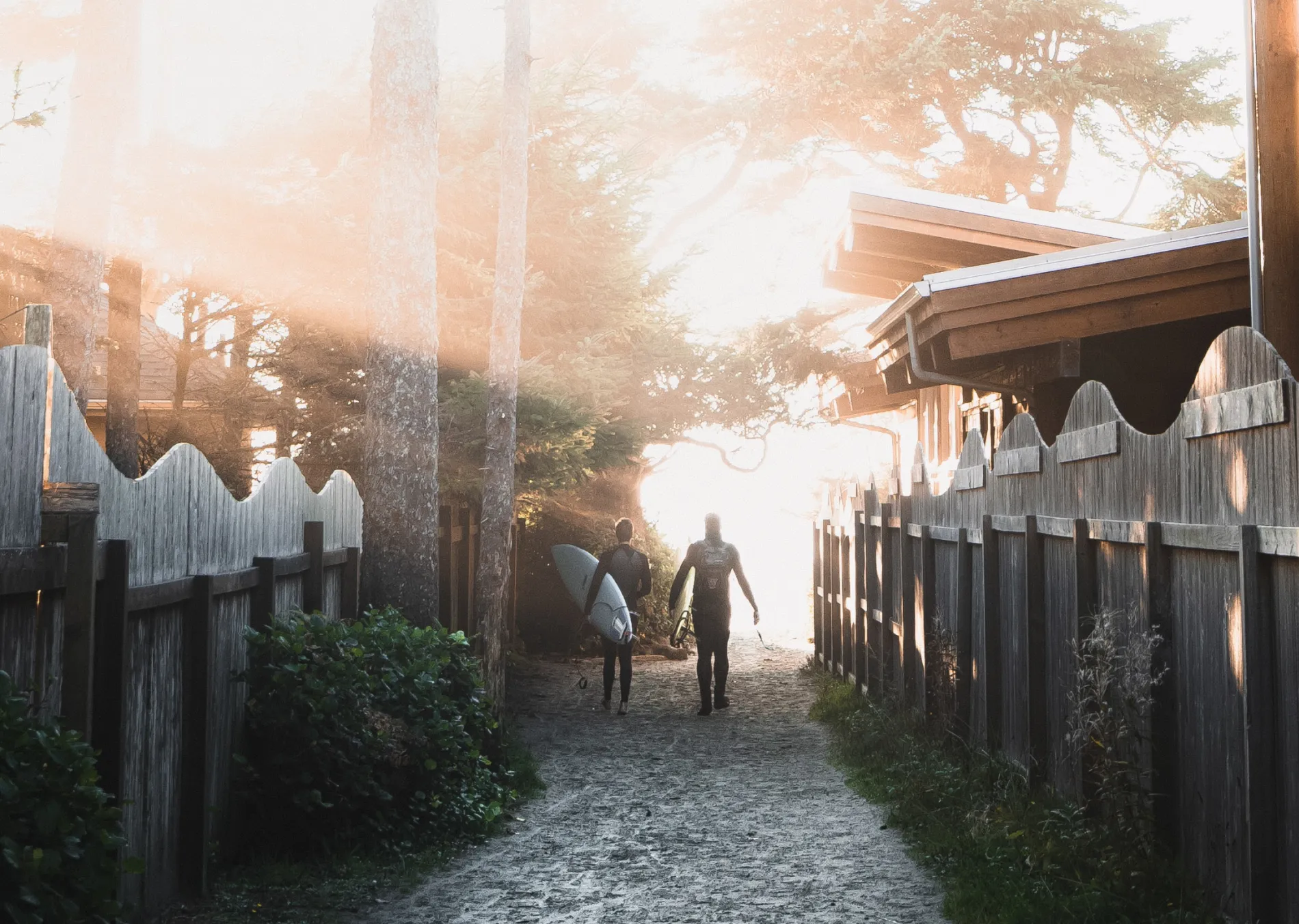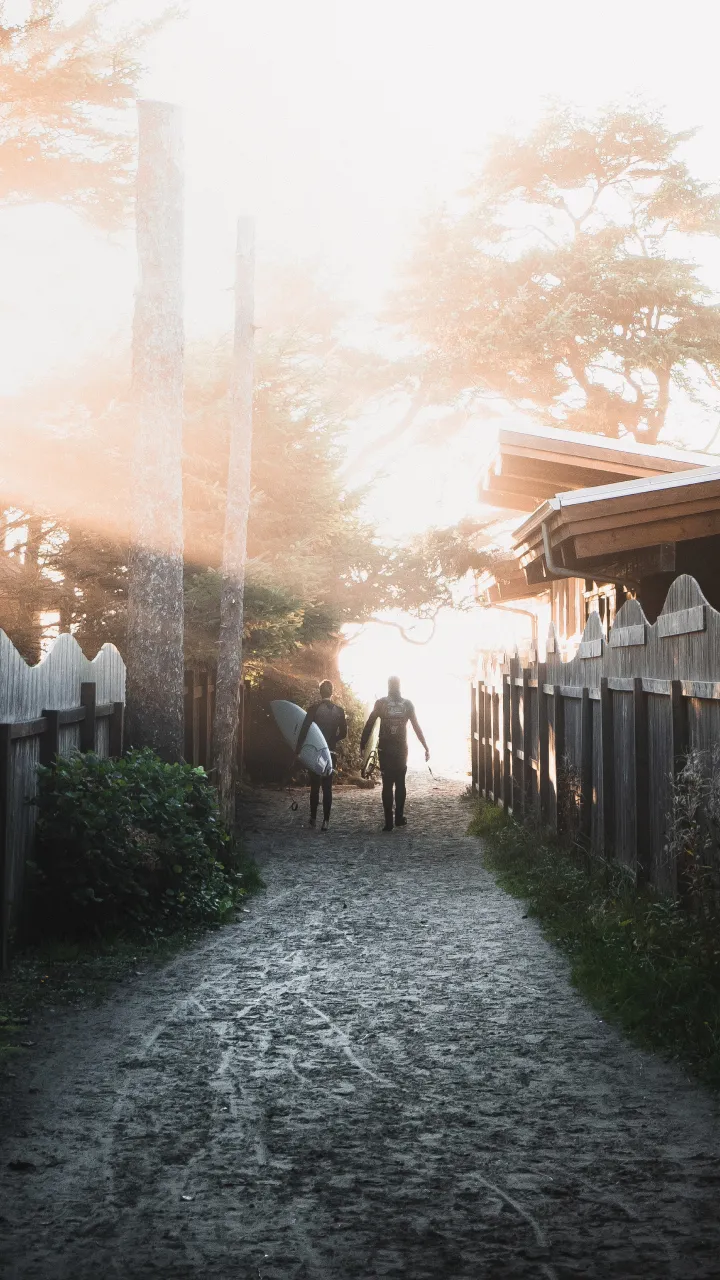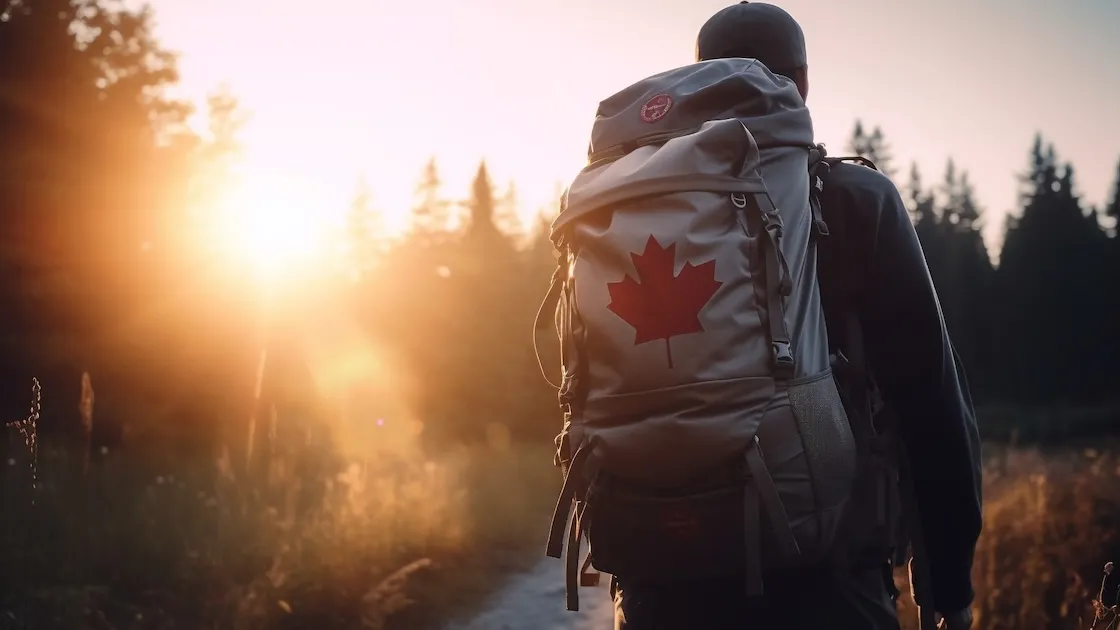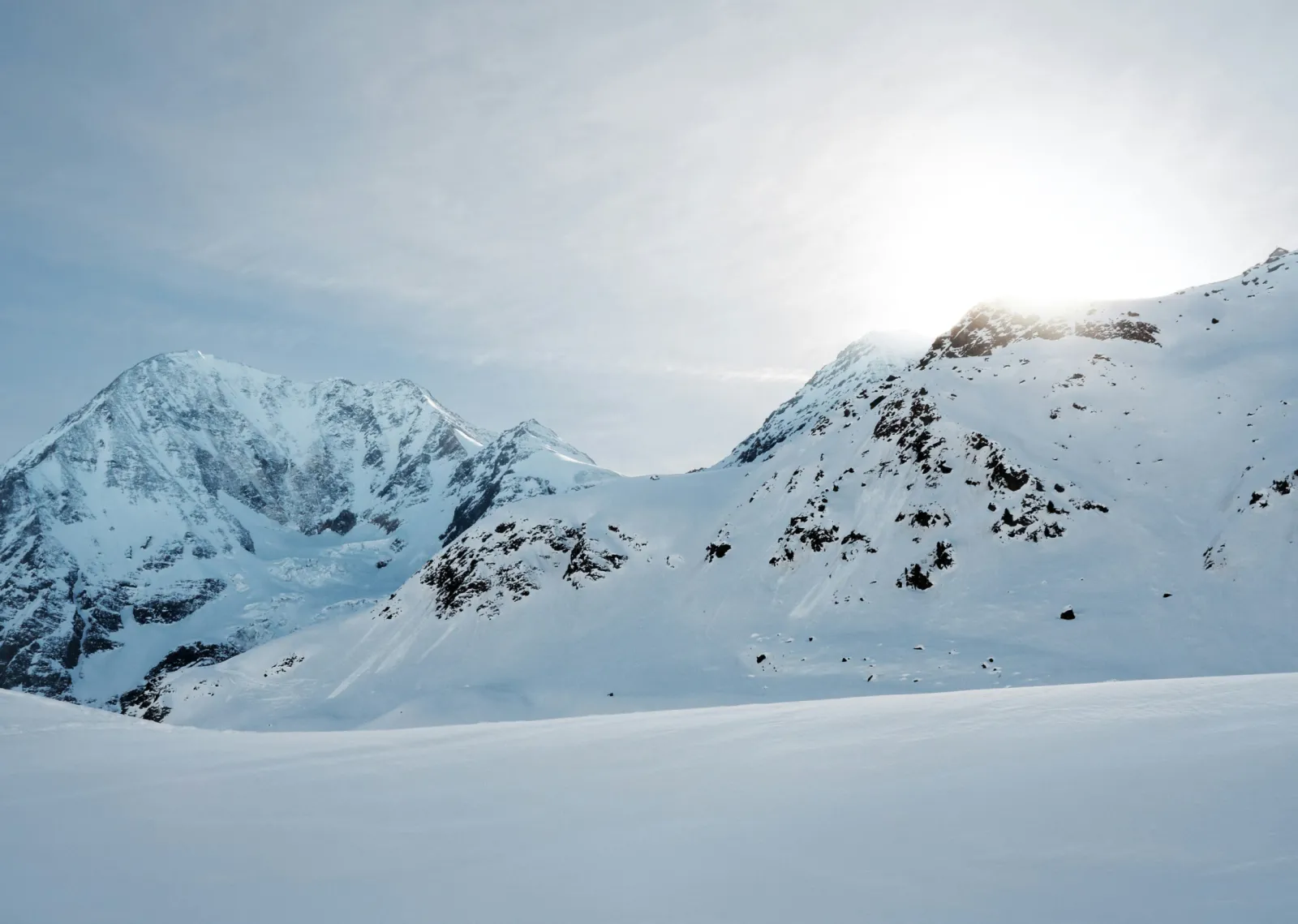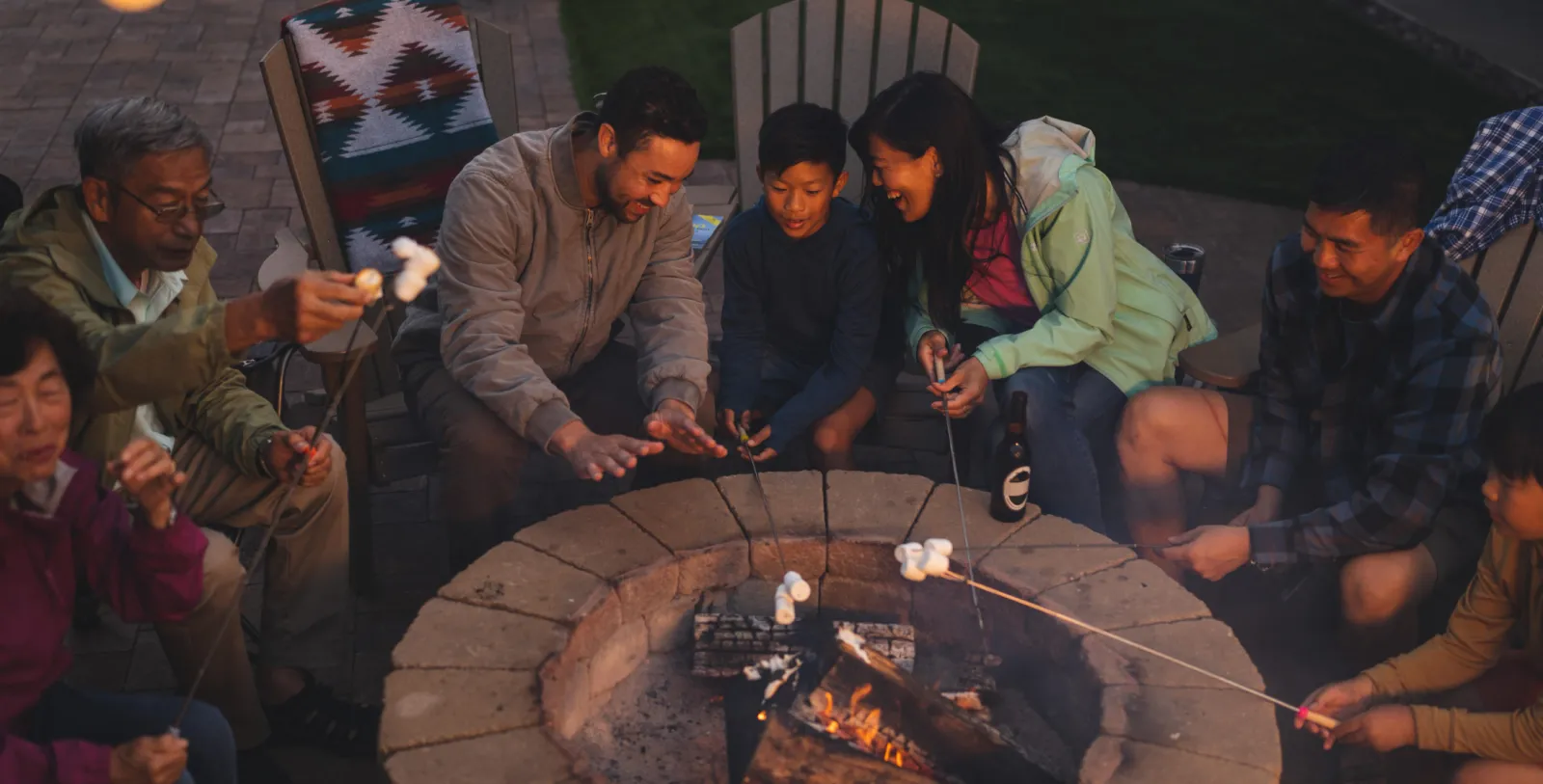Surf Canada! The state of surfing in the Great White North
Surfing in Canada is thriving. With a whole batch of fresh groms (an affectionate term for young surfers) coming into their own and more and more representation of different identities in the water, it’s a good time to be a Canadian surfer.
While Canada may not be on the map in terms of countries synonymous with surfing, rideable waves might just be one of our lesser known but abundant resources. We’ve got quality in the Atlantic coastline’s impeccable but fickle point breaks; we’ve got quantity in the West Coast that catches swell 365 days of the year; we’ve got novelty in the Great Lakes and standing river waves for the landlocked wave riding enthusiasts.
Perhaps even better, we have a fast-growing and increasingly diverse community of surfers intent on making their mark and putting Canadian surfing on the map. Which is why we thought it’d be the perfect time to reflect on the state of surfing in Canada.
The History of Surfing in Canada
Although surfing dates back as far as the 12th century in Polynesia, the 1960s were arguably the sport’s heyday. Southern California was a hotbed of surf culture with the Beach Boys being all the rage and the movies Gidget and Endless Summer bringing surfing into the mainstream. That awareness spread up the coast and with it draft dodgers seeking refuge north of the border set up shop on Vancouver Island (some still reside there, as notoriously salty as ever). By the early 90s wetsuit technology was advancing, the World Surf League had been established, and surfing was experiencing another surge of popularity around the world. And right on cue, we are currently experiencing our 30 year pulse of popularity after the mass influx of people rediscovering outdoor recreation (and surfing) as a result of the global pandemic.
Geography of Surfing in Canada
Our most well-known surf destination is Tofino, on the west coast of Vancouver Island. Formerly a logging and fishing town, it’s a world-renowned vacation destination with a booming tourism economy. With a variety of beaches and easy access, it may not offer the highest quality waves, but you can surf something every day of the year. Many of these popular spots are busy with surf schools, families playing on skim and boogie boards, and an ever-shifting local population who endure the rain and eke out an existence in a remote town with a housing crisis that’s been going on for a couple of decades.
Our Great Lakes surf contingent are easily the friendliest and most accepting in the water. With surf shops opening up in Ontario, there’s an appetite for wave riding and access to surprisingly frequent swells that provide a welcome outlet for the non-coastal-dwelling Canadians. Although the conditions can be variable, and often accompanied by harsh winter weather (read: negative 20 celsius or more with wind chill) it offers access to the surf lifestyle to those who would otherwise have to travel to get their fix.
The East Coast comes with a more extreme climate (think: sharing the lineup with icebergs) and less consistent swell. As a result, the surf community is less tourism based and a little more fickle – and not just the conditions, with many spots that are heavily guarded and localized. With much more variable conditions, getting to know when a spot will break and being able to be there at the right time isn’t quite as ideal for a surf vacation destination. But boy, if you go and you get it good, you’re probably not going to tell anyone and you certainly won’t be geotagging it.
Localization
No matter which coast you are on, there’s an element of localism that comes with surfing anywhere. And while we are known for our friendly demeanors and good manners out of the water, Canadian surfers can be some of the saltiest around. South (Vancouver) Island is notoriously unfriendly, where even a good surfer might feel intimidated to paddle out. And the East Coast is not too different. Although Tofino is a well-known surf destination these days there are still surf breaks in the area that are unspoken locals only spots. where you don’t show up with a crew, you certainly don’t post about it, and if you can’t hold your own you better get the heck out of the water. None of this is unique to Canada, though. Hawaii is known for its hush hush surf spots where filming is heavily frowned upon let alone paddling out without some proper experience. But then there are the free-for-all beaches where tourists, newbies, families and pros can all come together to enjoy the ocean in harmony.
Culture and Community
Since surfing in Canada is still in its adolescence compared to other places like Australia, Hawaii, and California, there hasn’t been the same knowledge transfer – either from generation to generation or from peer to peer. Maybe it’s the fact that all waves are a limited resource, or that up here we deal with cold, inclement weather most of the year. Still, no matter the coast or the climate, the Canadian surf scene is vibrant with local collectives and clubs that focus on diversity in an otherwise heteronormative and male-dominated sport. There’s been an uptick of representation for queer, BIPOC, and indigenous folks, which isn’t to say that the lineup looks any less homogenous but there is progress being made to create a more inclusive and welcoming community within Canadian surfing. This long overdue shift is also happening among our neighbours to the south, and ever so slowly around the world, reflecting the truth that access to the ocean - not to mention the benefits of spending time outside - should be available to all.
In closing
Despite the recent increase in alternative identities and a more welcoming attitude, there is still an element to surf culture that we may never shake. Call it a scarcity mindset, or maybe it’s just a classic case of gatekeeping, but Canadian surfers (in our home waters, at least) can certainly have a case of the cold shoulder. But that’s not to deter anyone from getting out there. Slap on some neoprene, take a lesson to get the basic rules down, and enjoy the ride – and subsequent spins through the washing machine. As one of the toughest sports to master, it’s all about putting in the time, but it’s hard to complain about bobbing around in the ocean (or lake) and becoming more in tune with mother nature and the incredible power of the ocean.
